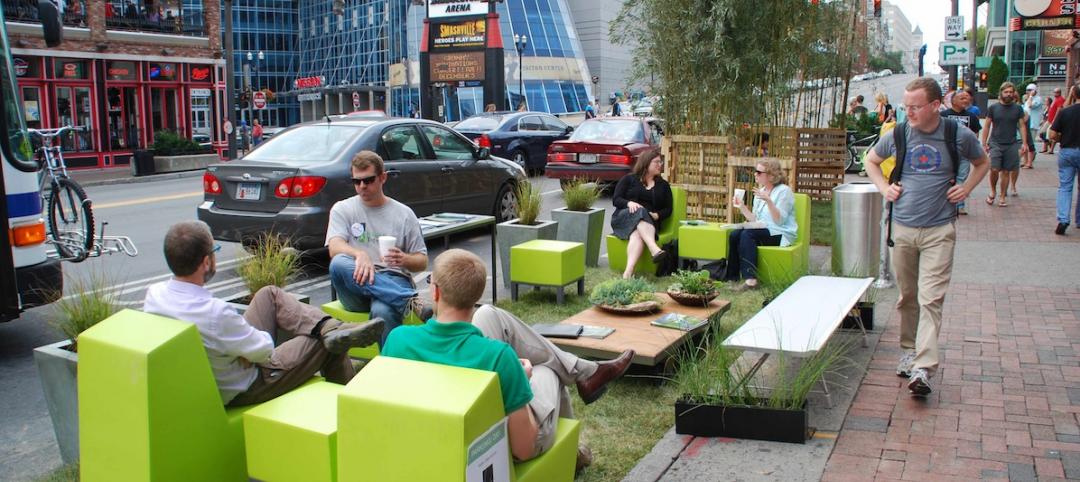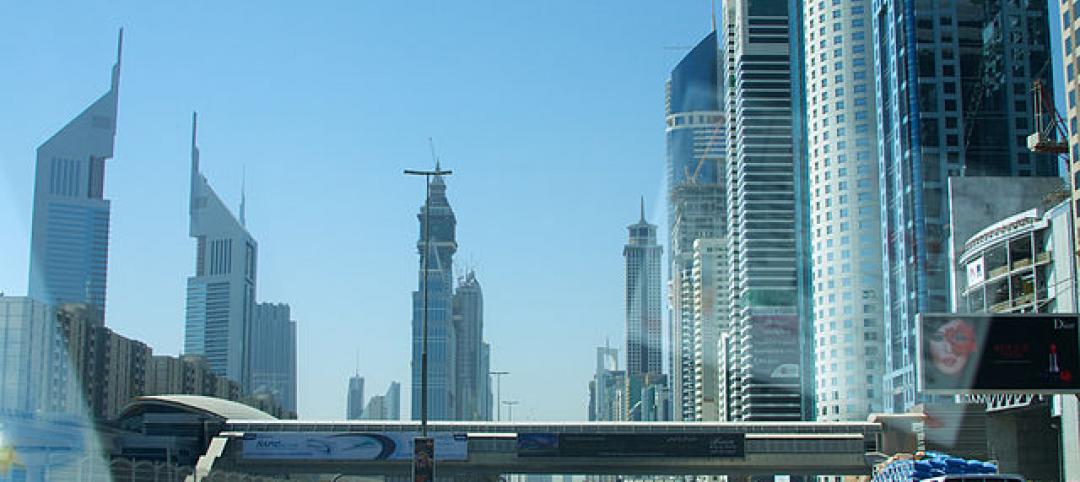The city that never sleeps and the city of broad shoulders might be getting a bit tired and atrophied, respectively. Chicago and New York, two of the three biggest cities in the country, are also at the top of the list for cities people are bailing on like a ship taking on water.
As Annie Radecki, senior manager at John Burns Real Estate Consulting, reports, U-Haul moving truck price disparities can indicate where people are moving before anything more official comes along, and these price disparities don’t look good for many Midwest and Northeast cities.
The idea behind using U-Haul price disparities makes sense; the more people there are moving to a particular city the more trucks there will eventually be in that city. Thus, the price will go down to rent a truck from that city and take it somewhere else. The reverse is also true.
For example, on average, it costs $2,455 to drive a truck to Portland, Ore., from one of the other 15 cities John Burns Consulting analyzed. However, it only costs $952 to drive a truck from Portland. That is a 61% difference.
Getting back to New York and Chicago, it costs 119% more to rent a truck and drive it from New York than to it, and 101% more to do the same with Chicago.
All of this points to the fact that places like New York, Chicago, Philadelphia (86% more expensive), and Boston (83% more expensive) are bleeding like stuck pigs.
You may be asking yourself, where are these former Midwest and Northeast residents headed? The answer is to open waters in the South and the Northwest, where the cost of living is more affordable.
Portland may be at the top of the list, but Seattle, Phoenix, Atlanta, and Austin rank in at 53%, 47%, 42%, and 38% less expensive to rent a U-Haul from, as well.
While city living might be growing in its appeal, the appeal of these high-cost, mature cities seems to be waning while newer cities with better job markets and lower costs are growing in popularity.
Related Stories
Smart Buildings | May 27, 2015
Tactical urbanism: Why bigger isn’t always better in urban revitalization
A budding urban planning movement that is sprouting in cities across the globe proves that low-cost, small-scale, community-driven projects have the power to effect positive change.
Healthcare Facilities | May 27, 2015
Roadmap for creating an effective sustainability program in healthcare environments
With a constant drive for operational efficiencies and reduction of costs under an outcome-based healthcare environment, there are increasing pressures to ensure that sustainability initiatives are not only cost effective, but socially and environmentally responsible. CBRE's Dyann Hamilton offers tips on establishing a strong program.
Healthcare Facilities | May 27, 2015
Rochester, Minn., looks to escape Twin Cities’ shadow with $6.5 billion biotech development
The 20-year plan would also be a boon to Mayo Clinic, this city’s best-known address.
BIM and Information Technology | May 26, 2015
Moore's Law and the future of urban design
SmithGroupJJR's Stephen Conschafter, urban designer and planner, discusses his thoughts on the 50th anniversary of Moore's Law and how technology is transforming urban design.
Smart Buildings | May 21, 2015
Resiliency and climate change: Dual perspectives from designers at HDR
Two geographies, two perspectives, one conclusion: from Minnesota to Miami, resiliency matters, write HDR's Bob Beduhn and Lynette Cardoch.
Smart Buildings | May 1, 2015
FEMA to require states to evaluate risks posed by climate change
The aim is for states to do a better job planning for natural disasters they are likely to face in a warming world.
Smart Buildings | Jan 7, 2015
NIBS report: Small commercial buildings offer huge energy efficiency retrofit opportunities
The report identifies several barriers to investment in such retrofits, such as the costs and complexity associated with relatively small loan sizes, and issues many small-building owners have in understanding and trusting predicted retrofit outcomes.
Smart Buildings | Jan 7, 2015
Best practices for urban infill development: Embrace the region's character, master the pedestrian experience
If an urban building isn’t grounded in the local region’s character, it will end up feeling generic and out-of-place. To do urban infill the right way, it’s essential to slow down and pay proper attention to the context of an urban environment, writes GS&P's Joe Bucher.
BIM and Information Technology | Dec 28, 2014
The Big Data revolution: How data-driven design is transforming project planning
There are literally hundreds of applications for deep analytics in planning and design projects, not to mention the many benefits for construction teams, building owners, and facility managers. We profile some early successful applications.
Smart Buildings | Dec 3, 2014
Arup research explores urban infrastructure design in 2050
The report projects a future where highways will be made from self-healing, glow-in-the-dark materials and will be governed by sophisticated technologies that communicate with cars, road infrastructure, and GPS systems.
















